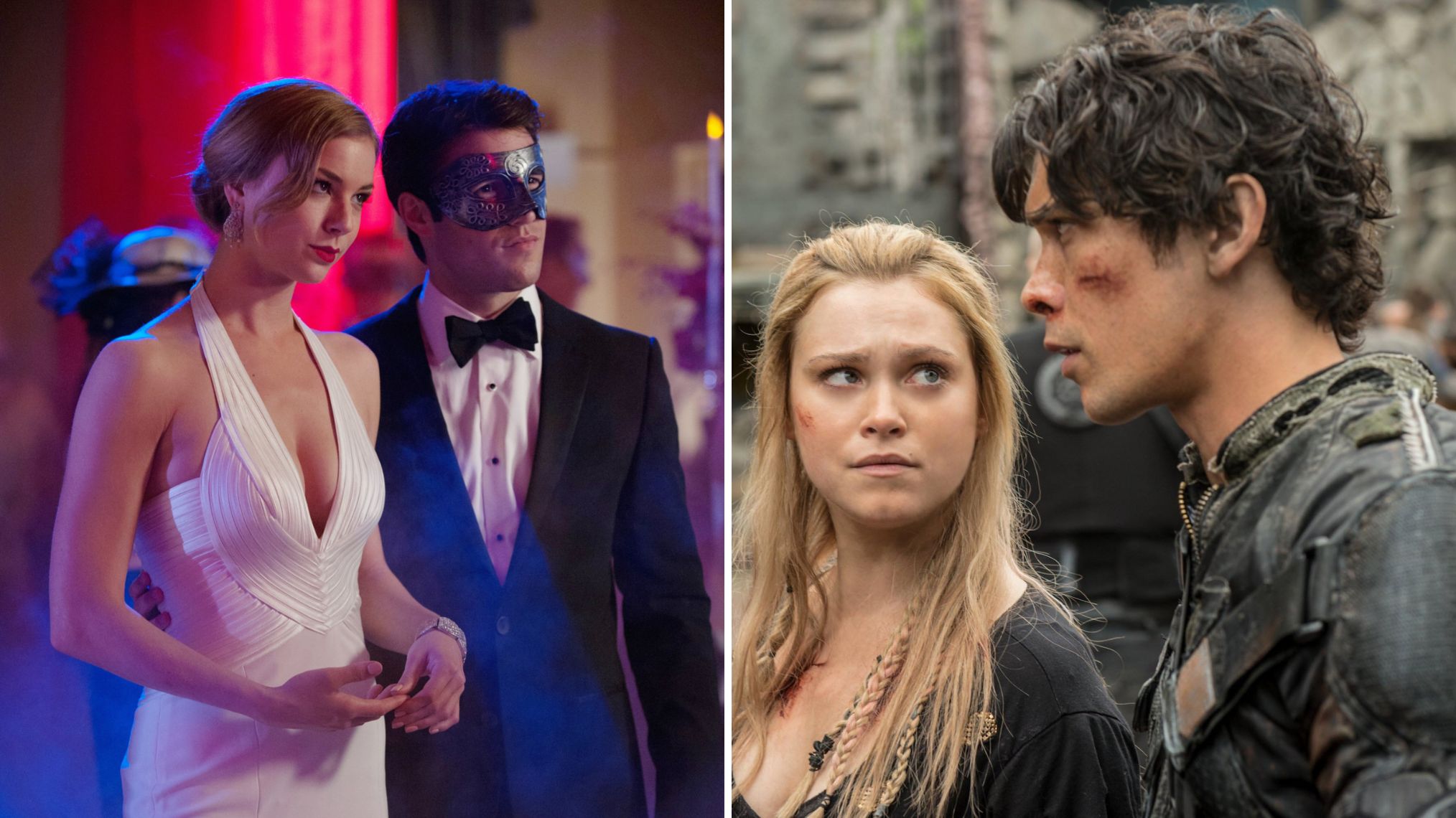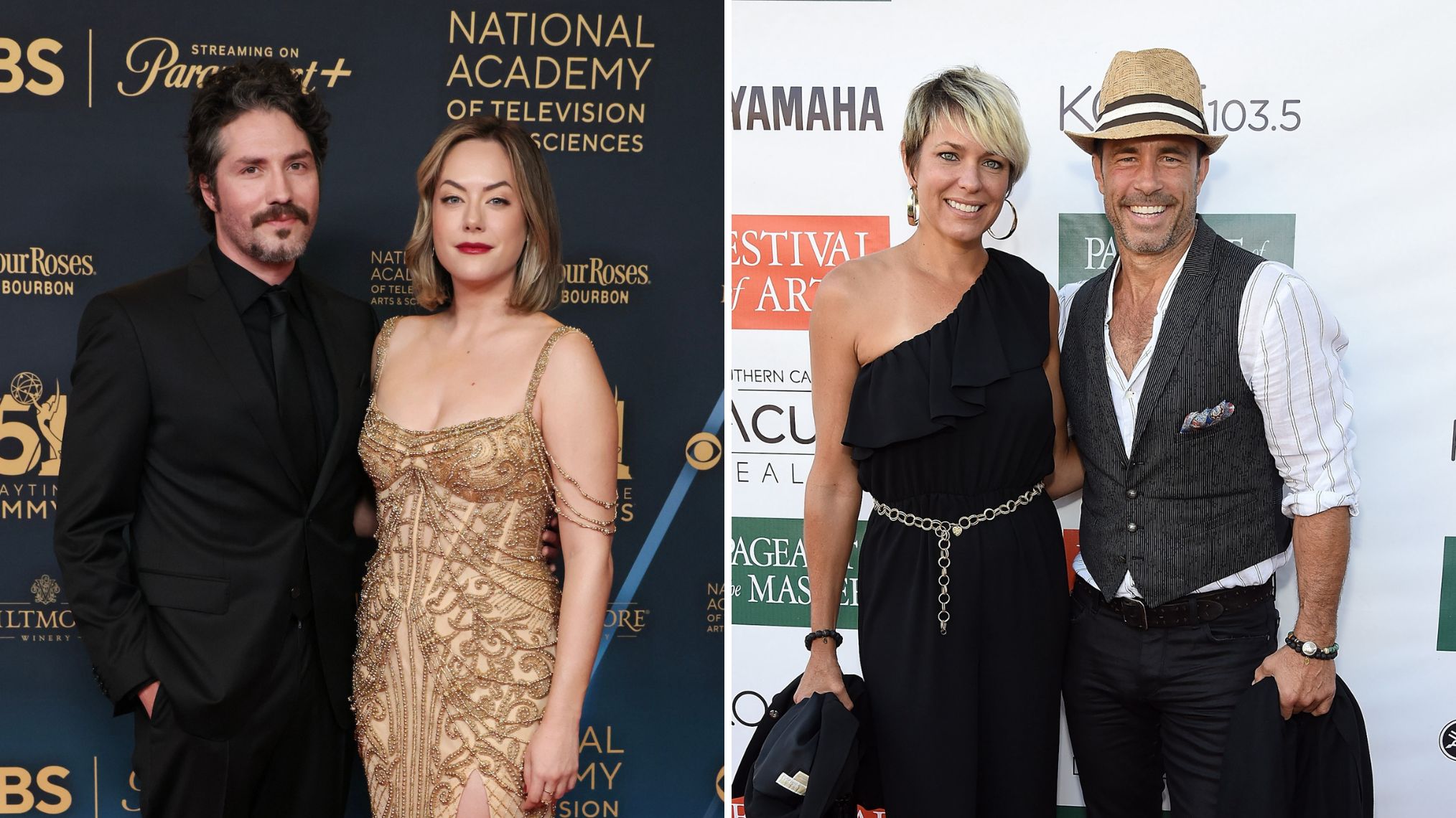
The following post contains SPOILERS for Ant-Man and the Wasp: Quantumania.
“If you think I’m evil, well, just wait till you meet my Variants…”
Marvel’s Loki ended with that ominous line from Jonathan Majors’ He Who Remains, the mysterious head of the Time Variance Authority. This lonely, eccentric, seemingly all-powerful man who lived in a citadel at the end of time explained to Loki and his variant Sylvie that he was a scientist from the 31st century who discovered the existence of alternate realities. Each one of these divergent universes had their own scientist from the 31st century, and many of them were hellbent on conquest. These various conquerors started a multiversal war, which He Who Remains ultimately won.
To prevent future wars and variants, he (who remains) then created the “sacred timeline,” a singular universe protected and patrolled by the TVA to ensure that no new variants arose. When He Who Remains is found at the end of Loki he warns that killing him will spark the return of the multiverse, and the return of more versions of him — even more evil variants of the man known to comic fans as Kang.
He Who Remains’ promise came true in the Ant-Man and the Wasp: Quantumania post-credits scene. The rest of the movie has focused on just one Kang (also played by Majors), who was exiled to the microscopic universe known as the Quantum Realm by his variants. Over the course of Quantumania, this Kang reveals a few key details of his backstory: His variants from throughout the multiverse have banded together, and in doing so have imperiled all of reality. Only he can stop them — but at the end of the film Ant-Man and the Wasp defeat Kang. Which means the other Kangs are coming.
And then they show up — hundreds and hundreds of them — in the post-credits scene.
This “Council of Kangs” (or sometimes referred to in comics as the “Cross-Time Kangs”) comes straight out of Avengers comics; the image above drawn by Marvel great John Buscema originally appeared in June 1988’s The Avengers #292. In Marvel’s comics, as in the Marvel Cinematic Universe, time travel does not rewrite history the way it does in, say, Back to the Future Part II, where the Biff of the future gives his younger self the Grays Sports Almanac, which leads to an alternate present where Biff rules over Hill Valley as a casino magnate.
Instead, when you alter the past of the Marvel Universe, you create an entirely new divergent timeline. The old timeline still exists and continues on its path, while a new timeline is created based upon the change. And because Kang the Conqueror has been traveling through time for a long time (sorry), he’s created many alternate realities — each with its own variant of the original Kang. (In the scene we see Kangs who look like Jonathan Majors, and even a few that look radically different, including one that appears to be an alien Kang.) And eventually these multitudinous Kangs decide to work together. And that’s the group we see during Quantumania’s closing credits.
But this sequence also shows us a trio of additional Kang variants separate from the Council of Kangs, making plans in some kind of separate antechamber. (Comics villains love a good antechamber; that’s where all the evil schemes are hatched.) These three variants, all played by Jonathan Majors, are clearly more important than the rest. Two of them are immediately recognizable from Marvel Comics; the third is a bit of an ongoing mystery.
The first of the three is dressed in the style of an Egyptian pharaoh. This Kang variant is known as Rama-Tut and he is actually the very first version of Kang that showed up in Marvel Comics. In 1963’s Fantastic Four #19, the FF travel back to the past, and battle a despotic dictator named Rama-Tut, a fugitive from the far future who had traveled back in time and conquered ancient Egypt. By the end of the issue, the Fantastic Four defeated Rama-Tut and send him back [Christopher Lloyd voice] to the future.
When Kang the Conqueror debuted the following fall in the pages of The Avengers #8 that story retconned the two characters as the same man at different points in his life. This second story revealed that Kang was born in a utopian future in the 31st century, where everything was beautiful, perfect, and boring. Kang found a time machine and used it to go back to ancient Egypt and become Rama-Tat. On his way back to his own time, his time machine malfunctioned and sent him even farther into the future. Now he was in the 41st century, which was the opposite of the future where he was born; this Earth was ravaged by an apocalyptic war. Rama-Tut settled in to his new home, conquered the whole place, and took the name Kang.
In later comics, Kang would become Rama-Tut again, but for the purposes of Quantumania and the MCU, that’s irrelevant. All you need to know right now is the Kang variant in the pharaoh outfit is a guy who ruled over ancient Egypt.
The second of these Kang variants looks much older than the other two and wears a very elaborate hat. That’s Immortus, yet another version of Kang who has alternately helped and hounded different versions of the Avengers through the years. He debuted just two issues after Kang in The Avengers #10. Initially, he was treated as a totally separate character; another bad guy who could control time. Rather than fight the heroes with technology from the future (which was Kang’s gimmick), he would pluck figures out of the past to fight for him. So Immortus could send Billy the Kid or Genghis Khan or whoever he felt like to battle Captain America or Iron Man.
Later stories revealed Immortus was in fact another version of Kang. His transformation into Immortus is extremely complicated, spread out across decades of stories, and includes multiple retcons, but here is the basic gist: After Kang spends untold ages conquering and fighting, he eventually comes to see the futility of his actions. As an older man, he grows more thoughtful and if not more benevolent, then at least a little less aggressive in his actions. This variant ditches his Kang identity and adopts the name “Immortus.”
In some stories, Immortus seems to be actively aiding the Avengers. In others, he’s even more dangerous than Kang. In a couple, Kang and Immortus actually fight each other. Essentially, Immortus has been traveling through time so long and seen so much stuff, that he has elaborate (and often inscrutable) grand plans for the timeline that only he knows (and sometimes only he understands). Whether helping or harming the Avengers, it’s always to suit his own ends.
And then there’s Quantumania’s third Kang variant (still played by Majors) who wears silver armor and appears to be younger than the other two. He’s … to be perfectly honest, I don’t know what variant of Kang this is supposed to be. In terms of who that could be, there are really only two other significant Kang variants from the comics. The first is named Scarlet Centurion, yet another double of Kang (or, sometimes, Kang’s son) who enjoys traveling through time and messing with the Avengers. The other is Iron Lad, and is a younger version of Kang from before he became Rama-Tut. This variant decides he wants to be a hero, rather than a conqueror, and travels back in time to the present day Marvel Universe to start his own team of Avengers.
(I know, this is really confusing.)
The third Kang variant in Quantumania’s post-credits could be either one of those guys — but he doesn’t really look like either of them. As the name Scarlet Centurion suggests, the character always dresses in red; this variant is in silver. And he’s young like Iron Lad is in the comics, but as his name suggests, Iron Lad’s armor looks like Iron Man, and this variant’s armor does not. So whoever he is, Marvel’s keeping his identity a mystery for now.
These three Kangs agree that the heroes of Quantumania (and, by extension I suppose, the Avengers) need to be stopped from meddling with the Kangs’ plans for the multiverse. Precisely what those plans might be aren’t really made clear — all we known is the Kangs will be back, and that they intend to start their own dynasty throughout the multiverse. One that could potentially lead to another multiversal war — perhaps even a secret one.
Every Marvel Cinematic Universe Movie, Ranked From Worst to Best
It started with Iron Man and it’s continued and expanded ever since. It’s the Marvel Cinematic Universe, with 31 movies and counting. But what’s the best and the worst? We ranked them all.

























![Moneybagg Yo – PLAY DA FOOL [Official Music Video] Moneybagg Yo – PLAY DA FOOL [Official Music Video]](https://i.ytimg.com/vi/q5y5HHUwfBs/maxresdefault.jpg)